
The filter regulators is used to filter the impurity moisture and grease in the compressed air, purify the compressed air, and adjust the pressure to the value required by the user, and then provide the pressure source for various pneumatic instrument regulating valves.
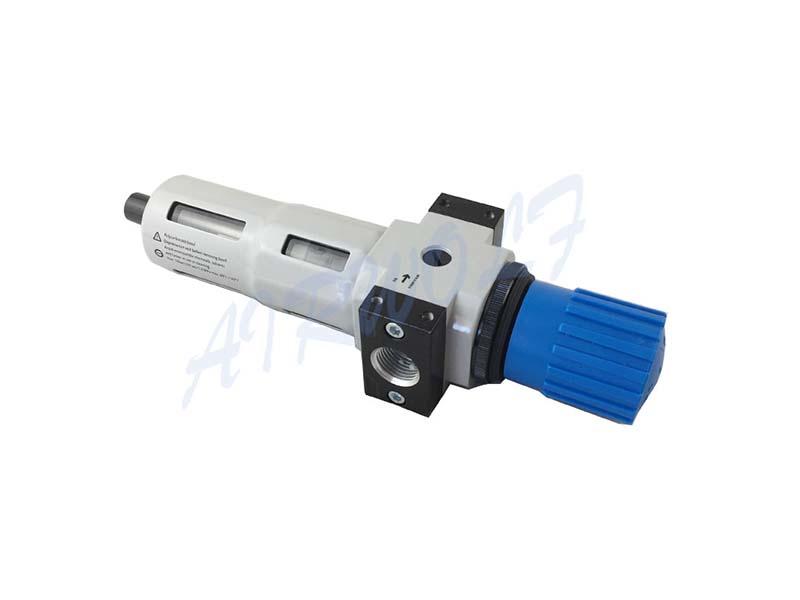
◈Outlet pressure additional balance poppet provides quick response
◈Compact structure and easy maintenance
◈Full flow pressure gauge port
◈Fully automatic condensate drain
◈Good regulating characteristics with minimal pressure hysteresis
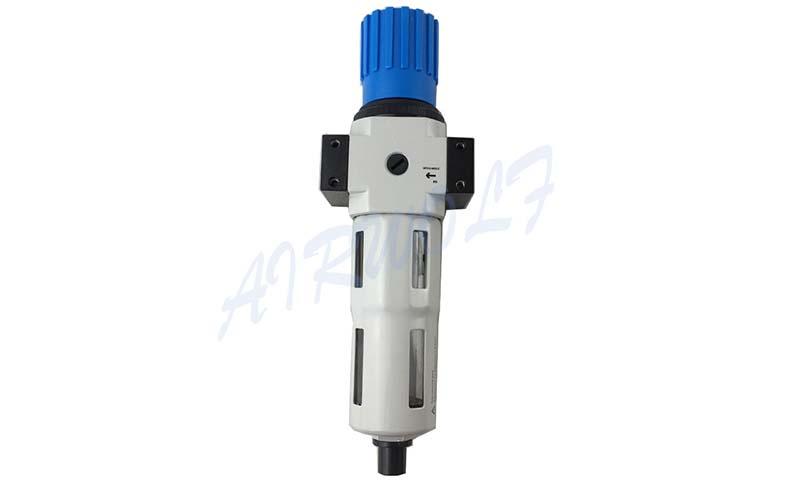
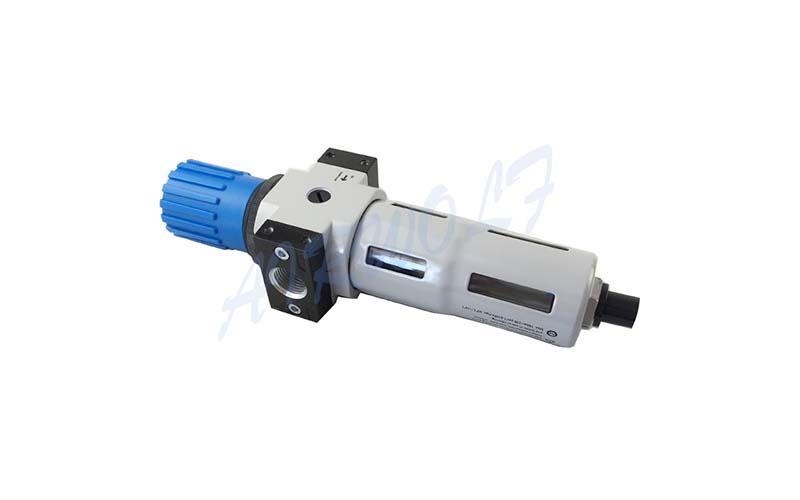
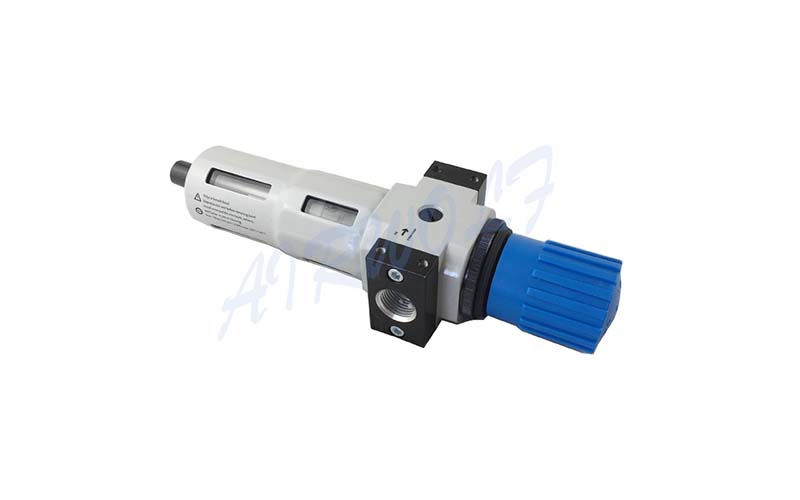
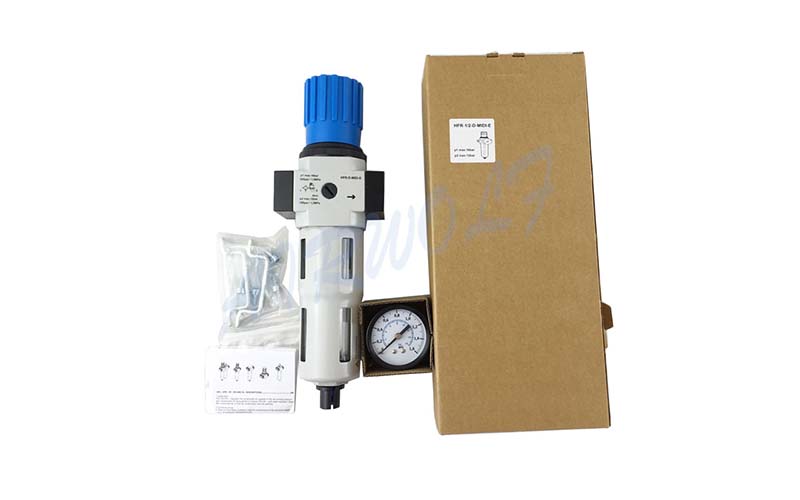
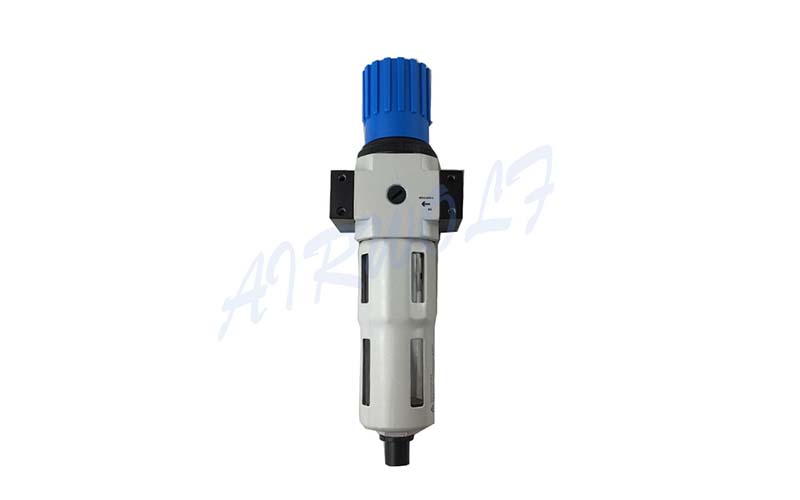

◈Pressure gauge
◈Seals:NBR
◈Mounting bracket:Aluminium
◈Bowl:PC
◈Pneumatic instrument
◈Pressure regulating valve
◈ Connecting plate kit:PBL
◈Mounting bracket:HFOE and HR-D
◈Hex nut:HMR
◈ Pressure gauge:MA
Specifications


◈ Type of mounting:Via accessories or In-line installation
◈ Assembly position:Vertical ±5°
◈Max pressure:12 bar
◈Max. condensate volume:43
◈Temperature range:–10 to +60 °C
◈Operating medium:Compressed air
Working principle
◈When the valve is in working state, the handle, the compression spring and the diaphragm are adjusted, the valve core is moved downward through the valve stem, the intake valve port is opened, the pressurized air flow is input from the left end, and the valve port is throttled and decompressed, and then output from the right end. A portion of the output airflow enters the diaphragm chamber from the damper tube, creating an upward thrust below the diaphragm that always attempts to close the valve opening to lower the output pressure. When the thrust applied to the diaphragm is balanced with the spring force, the output pressure of the pressure reducing valve remains constant.When the input pressure fluctuates, if the input pressure rises instantaneously, the output pressure also increases, and the gas thrust acting on the diaphragm also increases, destroying the balance of the original force and moving the diaphragm upward. A small amount of gas is discharged through the overflow port and the vent hole. At the same time as the diaphragm moves up, the output pressure drops due to the action of the return spring until a new balance is reached. The output pressure after rebalancing is substantially restored to its original value. On the contrary, the output pressure instantaneously drops, the diaphragm moves down, the inlet opening increases, the throttling action decreases, and the output pressure basically rises back to the original value.
Copyright © 2025 LV-pneumatic. | All Rights Reserved